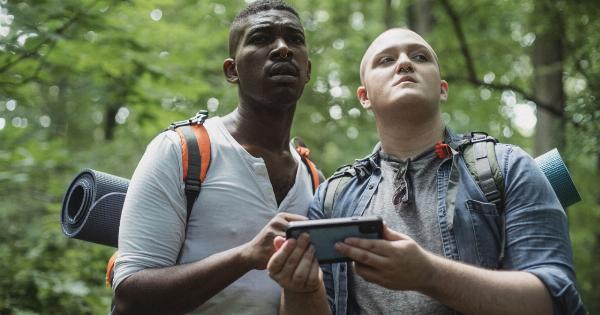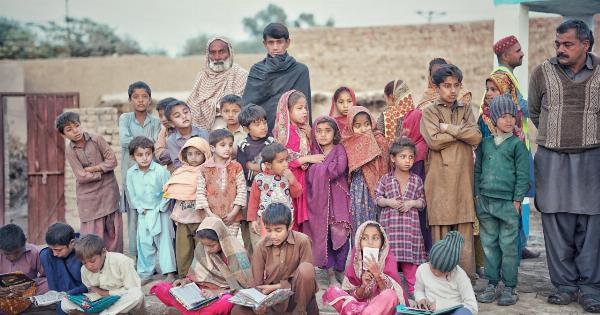As we grow up, we are placed in various social settings such as our classrooms, where we interact with our peers on a daily basis.
In these environments, we often come face-to-face with the reality that we might be the smallest or the biggest person in the class. While this physical difference may seem trivial, it can have profound effects on a person’s self-esteem, relationships, and overall well-being.
In this article, we will explore the significance of being the smallest or biggest in your class and how it can shape a person’s experiences and perceptions.
Implications for Self-Esteem
Being the smallest or biggest in your class can have a significant impact on your self-esteem. If you are the smallest person, you may often feel overlooked or overshadowed by your taller peers.
This can lead to feelings of inadequacy and a lack of confidence in social situations. On the other hand, if you are the biggest person, you may face challenges such as being self-conscious about your size or feeling like you don’t fit in.
Both scenarios can take a toll on one’s self-esteem, highlighting the importance of understanding and addressing these feelings.
Influence on Relationships
The size difference within a class can affect relationships in various ways. For the smallest individual, it may be difficult to assert oneself or be taken seriously among taller classmates.
This can make forming friendships or engaging in social activities more challenging. Additionally, the perception of being physically weak or small can make one a target for teasing or bullying, further impacting social interactions.
Conversely, the tallest person may also face challenges in relationships, as their size might make them seem intimidating or even unapproachable to some people. This can lead to feelings of isolation or difficulty in forming meaningful connections.
Academic Performance
While being the smallest or biggest person in the class may not directly influence academic abilities, it can indirectly impact academic performance.
The psychological effects of feeling different from one’s peers can lead to decreased motivation, concentration, and overall interest in learning. Furthermore, the social challenges that arise from being the smallest or biggest can create distractions or barriers to educational attainment.
It is essential for teachers and parents to be aware of these potential consequences and provide support and encouragement to help mitigate any negative effects.
Physical Health Considerations
The size difference in a class may also have implications for physical health. The smallest person may feel less physically capable or struggle to participate in physical activities, leading to a sedentary lifestyle or lower levels of fitness.
Additionally, being smaller can make one more susceptible to injury during sports or other physically demanding activities. Conversely, the biggest person may face challenges such as joint problems or issues related to their size, which can impact their physical well-being.
Encouraging physical activity, teaching body positivity, and providing appropriate modifications or accommodations can help address these concerns.
Societal Perceptions and Stereotypes
Being the smallest or biggest person in a class can also subject individuals to societal perceptions and stereotypes. Stereotypes associated with size can include assumptions about personality traits, intelligence, and physical capabilities.
These stereotypes can create unrealistic expectations or limitations for individuals, affecting their self-perception and opportunities. It is crucial to challenge these stereotypes to promote inclusivity and celebrate the diversity within a classroom setting.
Overcoming Challenges and Building Resilience
Regardless of whether you are the smallest or biggest in your class, it is important to learn how to overcome challenges and build resilience.
Embracing self-acceptance and understanding that physical size does not define one’s worth is a crucial step towards developing a positive mindset. Seeking support from friends, family, or professionals can also provide valuable guidance and help navigate any difficulties faced due to one’s size.
Ultimately, building resilience allows individuals to thrive despite the challenges they may encounter.
Conclusion
Being the smallest or biggest in your class carries significance beyond the physical differences. It can impact self-esteem, relationships, academic performance, physical health, and societal perceptions.
Recognizing the potential effects and taking proactive steps to address them is essential for the well-being and growth of individuals in any classroom. By fostering a supportive and inclusive environment, we can empower all students to embrace their uniqueness and cultivate their full potential.































